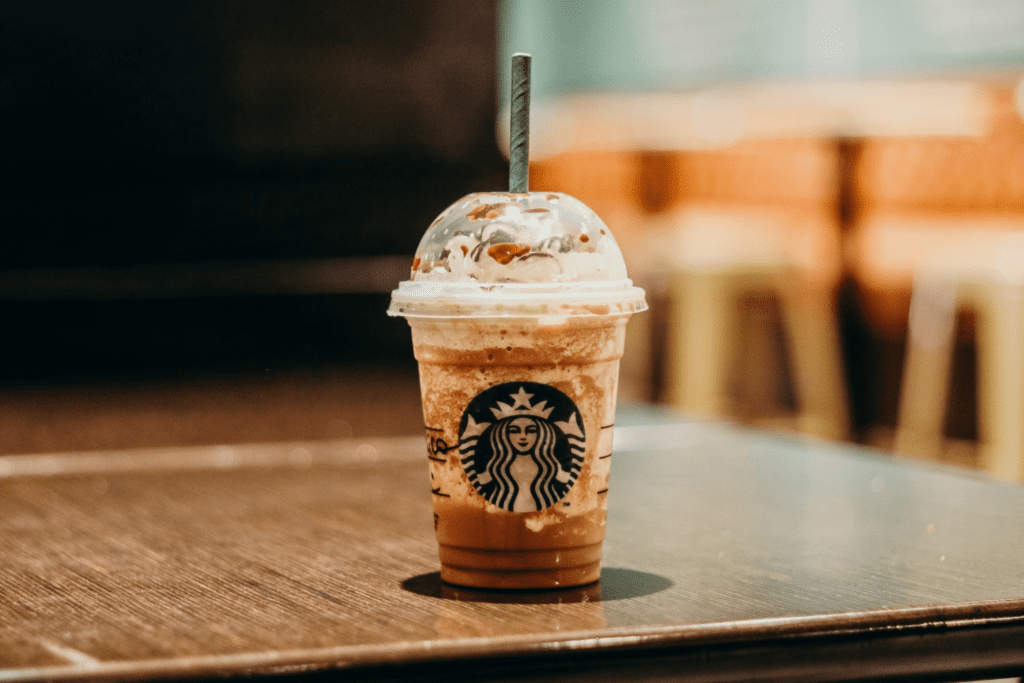Starting February 15, Starbucks Coffee Japan will introduce a location-based pricing system, raising prices in certain areas like airports and major cities. Around 30% of its stores will be affected, while 70% will keep their current prices. The company states that this decision is necessary for sustainable store management.
Starbucks Japan Announces New Pricing System
Starbucks Coffee Japan has decided to change how it sets prices for its products in some stores. Beginning February 15, the company will introduce a location-based pricing system, meaning that prices will vary depending on where a store is located.

This means that some Starbucks stores will charge more for the same drinks and food items, while others will keep their current prices. The company has stated that this decision was made to ensure better store management and continued business operations.
Which Starbucks Stores Will See a Price Increase?
Starbucks Japan currently operates 1,991 stores across the country (as of December last year). However, this pricing change will not apply to all locations. The company has clarified that only 30% of its stores will experience price increases. These stores include those located in airports, busy urban areas, and major cities like Tokyo and Osaka.
Meanwhile, the remaining 70% of Starbucks stores will not be affected by this change. Customers visiting these stores will continue to pay the same prices they are used to.
How Much Will Prices Increase?
Starbucks Japan has divided its stores into two categories for this pricing adjustment:
Type A (Service Areas and Airports):
Prices will increase by an average of 6% in Starbucks stores located in airports and service areas.
Type B (Tokyo, Osaka, Fukuoka, and Other Major Cities):
Prices will rise by about 4% in all of Tokyo’s 23 wards, some parts of Osaka and Fukuoka, and other key urban areas.
Although these percentage increases may seem small, they can still impact customers who visit these locations regularly.
Why is Starbucks Japan Changing Its Prices?
Starbucks Japan has explained that this pricing adjustment is necessary for sustainable store management. The company has not provided specific reasons for the decision, but there are several possible explanations:
Higher Operating Costs in Certain Areas:
Running a store in airports and major cities is usually more expensive due to higher rent, labor costs, and utility bills. Increasing prices in these locations could help Starbucks cover these additional expenses.
Balancing Profits Across Stores:
Starbucks may be trying to balance its earnings by charging more in places where people are likely to pay higher prices. Many companies use this strategy to ensure that their stores in less busy areas can continue operating without financial losses.
Following Market Trends:
Starbucks is not the only company making such changes. Other restaurant and café chains in Japan have already introduced location-based pricing to maximize profits and keep their businesses stable.

How Will This Affect Customers?
For customers who live or work in Tokyo’s 23 wards, Osaka, or other major cities, this change means they will have to pay slightly more for their favorite Starbucks drinks and snacks. Travelers passing through airports and service areas will also see higher prices compared to other locations.
However, people who visit Starbucks stores in other parts of Japan will not notice any difference, as 70% of the stores will keep their current pricing.
Will This Change Starbucks’ Popularity in Japan?
Starbucks has always been a popular coffee brand in Japan. Many people enjoy its atmosphere, seasonal drinks, and consistent quality. However, price increases can sometimes lead to customer dissatisfaction, especially if people feel they are being charged more unfairly.
While some customers may accept the price changes as a necessary business decision, others might choose to visit alternative coffee shops that offer more affordable options. The long-term impact of this decision will depend on how customers react and whether they continue to visit Starbucks despite the price increases.



